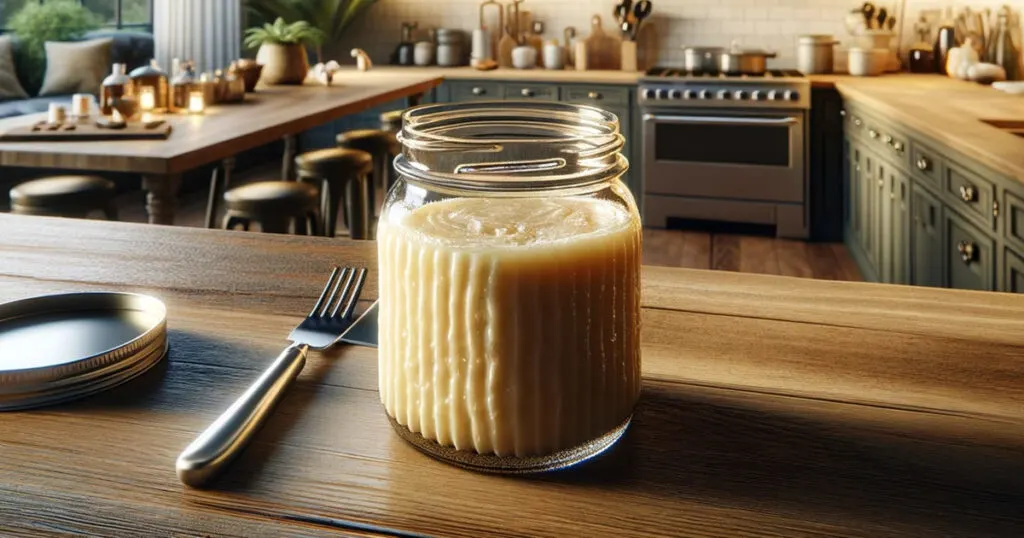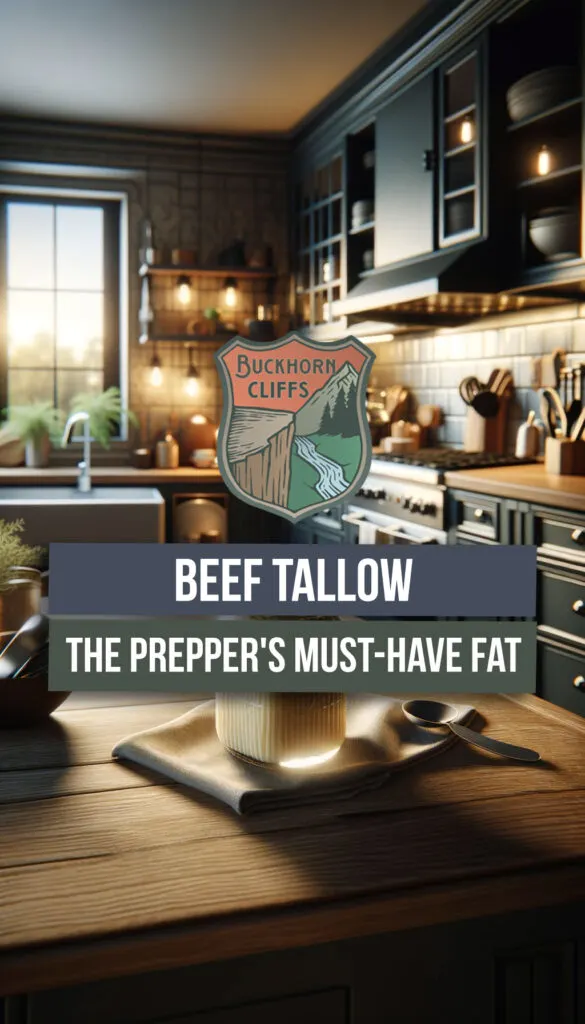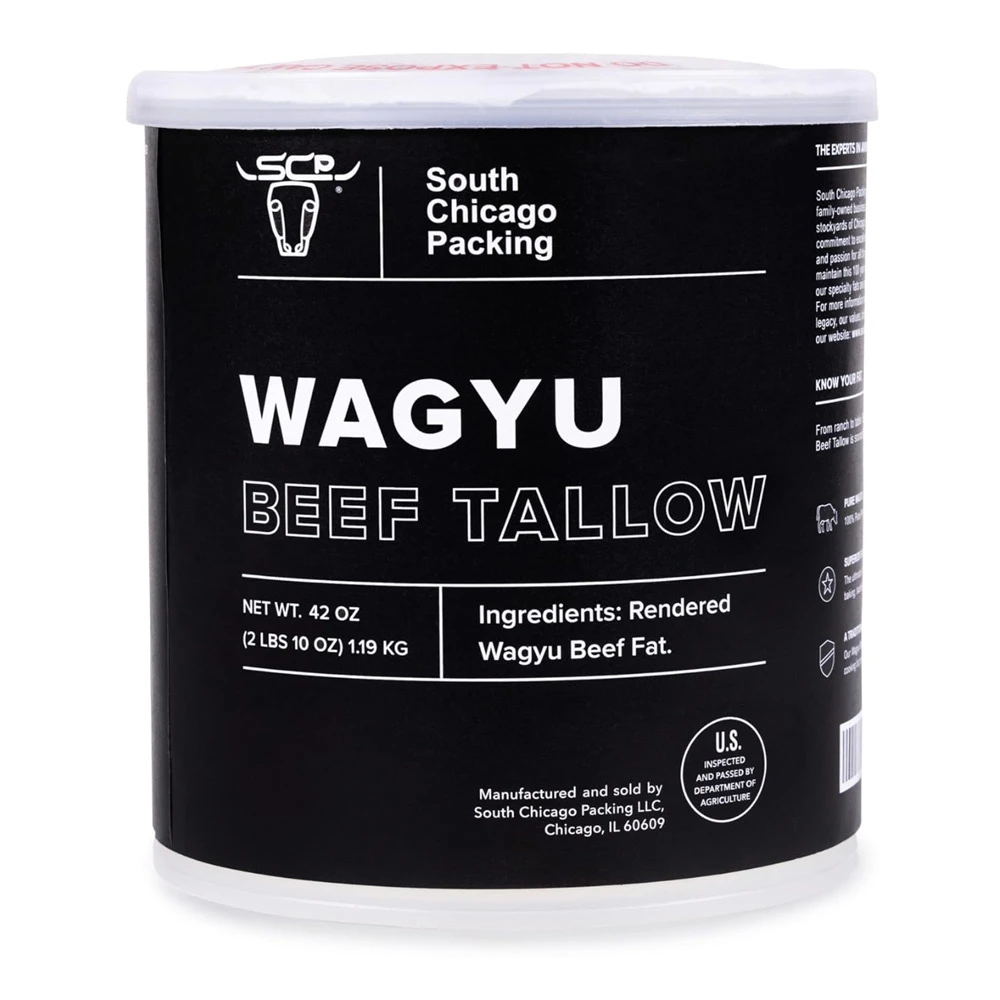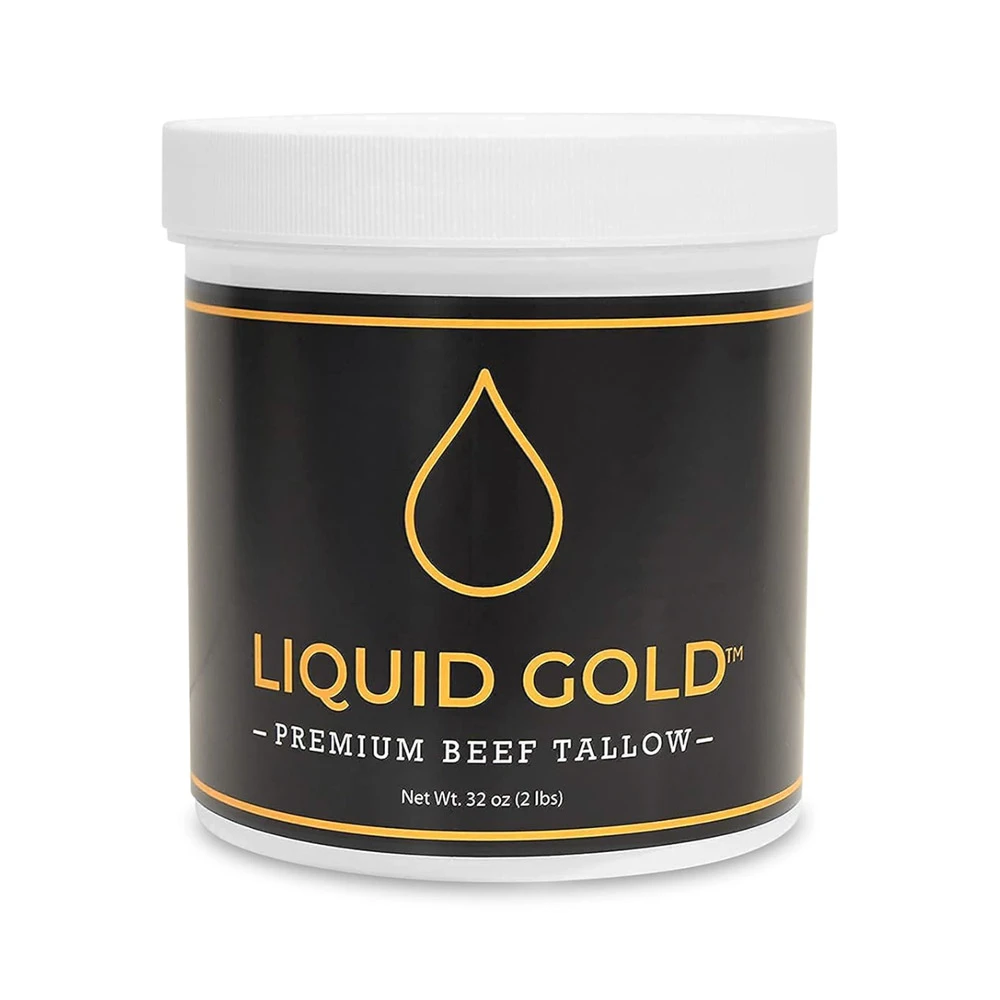Beef tallow has regained its status as a critical resource for those invested in preparedness and sustainable living. Its utility spans from culinary applications to skincare, and its storability makes it an essential item for long-term survival situations.

Discover why beef tallow is essential for prepping, exploring its diverse applications from cooking to survival, and learn effective storage techniques.
First, a couple of options you can purchase on Amazon:
Pemmican: A Dense, Energy-Rich Food
What is Pemmican?
Pemmican combines dried meat, beef tallow, and occasionally berries into a concentrated, nutritious food. Originating from the indigenous peoples of North America, it served as a vital source of sustenance for explorers and fur traders due to its longevity and portability.
The Importance of Pemmican
Pemmican’s value lies in its longevity and nutrient density, making it an ideal candidate for long-term storage. Its balanced mix of protein, fats, and carbohydrates, especially when berries are added, provides a sustainable energy source in survival scenarios.
Culinary Applications of Beef Tallow
Beef tallow excels in cooking, owing to its high smoke point and depth of flavor.
High Heat Cooking
Its resistance to burning at high temperatures makes tallow ideal for frying and sautéing, enhancing the taste of various foods.
Baking Enhancements
Tallow can replace butter in recipes for biscuits and pie crusts, offering a distinctive flakiness and richness to baked goods.
Cast Iron Seasoning
Traditionally used to season cast iron cookware, tallow creates a natural, effective non-stick surface that improves with repeated use.
Applications in Soap and Skincare
Soap Making Attributes
Valued in traditional soap making, tallow contributes to producing hard, moisturizing bars, due to its specific fatty acid profile.
Skincare Benefits
Tallow is utilized in lotions and balms for its compatibility with the skin’s natural lipids, aiding in hydration and skin barrier repair.
Beyond Kitchen Use
Candle Making
Historically, tallow was a primary ingredient for candles, known for their slow burn and bright light.
Leather Conditioning
Applied to leather goods, tallow helps condition and waterproof, extending their usability and maintaining flexibility.
Machinery Lubrication
Reflecting its historical utility, tallow can lubricate machinery and tools, underscoring its versatility.
Energy Density and Efficiency
Beef tallow stands out as a superior energy source due to its high caloric density, providing 9 calories per gram, in stark contrast to the 4 calories per gram offered by carbohydrates and proteins. This attribute elevates its status, especially in scenarios where maintaining an adequate energy intake is paramount yet challenging.
Key Points on Caloric Density and Energy Source:
- Caloric Density: Beef tallow delivers 9 calories per gram, doubling the energy provided by carbohydrates and proteins.
- Efficient Energy Source: The high calorie content makes tallow an efficient fuel, particularly beneficial in energy-demanding situations.
When faced with limited access to food, especially carbohydrates, the body’s glucose reserves deplete rapidly. Glucose serves as the primary energy substrate under normal conditions, fueling cellular functions throughout the body, including brain activity. However, during periods of scarcity, the body must adapt by identifying alternative energy sources.
The Role of Tallow in Ketone Production:
- Metabolic Adaptation: The liver converts fats from tallow into ketones, an adaptive response to low glucose availability.
- Ketones as Alternative Fuel: These molecules can cross the blood-brain barrier, supplying energy to the brain and other tissues when glucose is scarce.
- Benefits of Ketosis:
- Higher energy yield per unit of oxygen consumed compared to glucose.
- Preservation of muscle tissue by reducing the need for muscle breakdown for energy.
The transition to ketone utilization offers distinct advantages in survival, endurance, and health contexts, making tallow an indispensable component in strategic dietary planning.
Advantages of Ketone Utilization:
- Concentrated Energy: Ketones provide a more potent energy source, ideal for extended physical exertion or periods of food scarcity.
- Muscle Preservation: By relying on ketones and fat for energy, the body can conserve muscle mass, critical in survival situations.
Incorporating beef tallow into dietary preparations not only ensures a steady and reliable energy source but also underscores the adaptability of human metabolism to diverse and challenging environments.
Strategic Use of Beef Tallow in Nutrition:
- Survival Situations: Acts as a crucial energy reserve when food supplies are unpredictable.
- Prolonged Outdoor Activities: Offers a dense energy source to sustain physical exertion over extended periods.
- Dietary Ketosis: Supports health regimes focusing on fat as the primary energy source, facilitating metabolic adaptation and efficiency.
In essence, the caloric and metabolic benefits of beef tallow render it a vital element in survival nutrition, highlighting its role in supporting the body’s energy needs through alternative pathways when traditional sources are limited.
Storage Options for Beef Tallow
Freezer Storage: Maximizing Shelf Life
- Timeframe: When stored in the freezer, beef tallow can remain usable for an indefinite period. However, for optimal quality, it’s recommended by some – to use it within a year, maybe 2.
- Storage Method: Ensure the tallow is sealed in an airtight container, vacuum sealed freezer bag, or heavy-duty freezer bags to prevent freezer burn and odor absorption from other foods.
- Portioning: Consider dividing the tallow into smaller portions before freezing. Use a vacuum sealer. This allows for easy thawing of only the amount needed, reducing waste and preserving the rest for future use.
Shelf Storage: Room Temperature Options
- Timeframe: At room temperature, properly rendered and filtered beef tallow can last for several months to maybe even years without spoiling. Some sources suggest it can remain stable for up to a year if stored correctly.
- Storage Method: Store beef tallow in a cool, dark place in an airtight container. Exposure to light and air can accelerate oxidation and rancidity.
- Considerations: The key to long shelf life is ensuring the tallow is rendered and filtered thoroughly to remove any meat particles or impurities, as these can spoil and decrease the shelf life.
Factors Affecting Storage Life:
- Temperature: Cooler temperatures, whether in a pantry or freezer, slow down the oxidation process.
- Light Exposure: Light can degrade fats over time, so storing tallow in a dark place is preferable.
- Air Exposure: Oxygen can cause fats to become rancid; hence, airtight containers are important.
Tips for Ensuring Optimal Preservation:
- Labeling: Always label your storage containers with the date of storage to keep track of freshness.
- Regular Checks: Periodically check the tallow for any signs of spoilage, such as off-odors or mold, especially if stored at room temperature.
- Hygiene: Ensure that any utensils used with the tallow are clean to avoid contaminating the fat with bacteria or other contaminants.
By adhering to these storage guidelines, you can maximize the shelf life of beef tallow, ensuring that this valuable resource remains available and safe for consumption, whether it’s used for cooking, emergency food supplies, or other prepping needs. Proper storage not only preserves the quality of the tallow but also its nutritional benefits, making it a reliable component of your preparedness strategy.
Beef tallow’s broad spectrum of applications, from nutritional sustenance and cooking to skincare and emergency use, solidifies its importance in prepping and sustainable living practices. Its storability, energy density, and versatility render it an indispensable asset in any preparedness strategy.
Pin it:




Elisa
Wednesday 27th of March 2024
Hi Rob, I have been following you on IG for a little while now. Love your content! We recently purchased 1/2 beef from a friend. I asked to keep the beef fat,in order to make my own tallow. Have you made this? can you do a blog post or share your process? I want to get as much out of this as I can, but make is orderless as possible. Any thoughts?
Rob Benson
Thursday 28th of March 2024
We have and while there are a few steps, it's not overly difficult. Yes, we will do a post on this. Thank you.